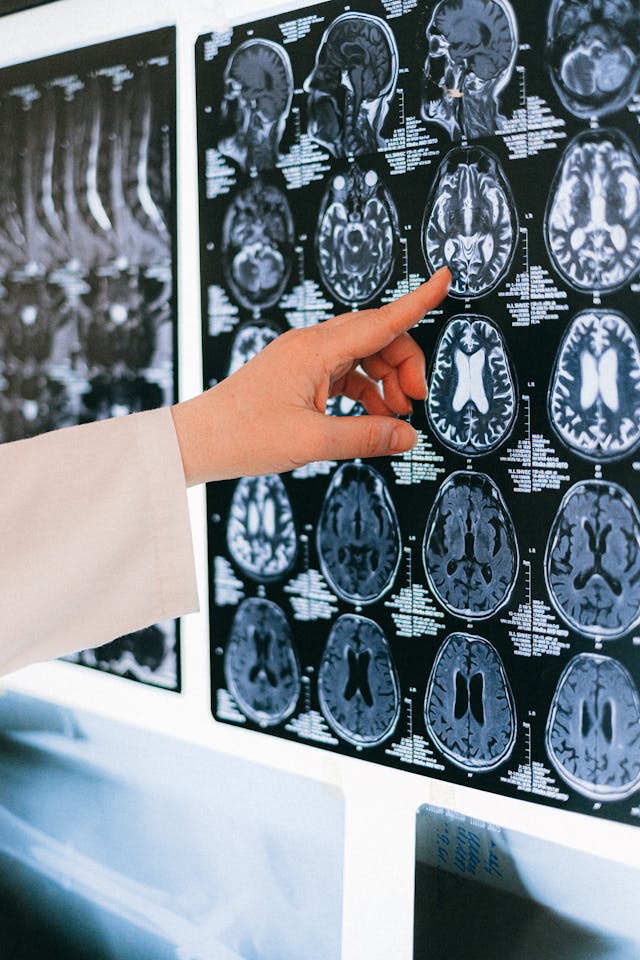Researchers have developed a novel method to deliver therapeutic agents to the brain using an electric field, a technique known as Electro-Conductive Enhanced Delivery (ECED). This approach uses an external electric field to transport molecules across the brain’s cortical surface, potentially revolutionizing treatments for neurological disorders and brain tumors.
The study, which focused on the electroosmotic delivery of a small, neutral fluorescent dextran conjugate from a doped hydrogel, demonstrated that ECED could effectively transport molecules into the brain parenchyma. Traditionally, the electroosmotic flow has been used to deliver positively charged molecules to the brain, but this research expands the scope to neutral-charged molecules, opening new possibilities for targeted drug delivery.
One key finding of the study was the significant role of electroosmosis in transporting molecules compared to electrophoresis. Although the dextran fluorophore used in the experiment exhibited a small positive electrophoretic mobility, the transport by electroosmosis was found to be 7.6 times more effective. This discovery underscores the potential of ECED to deliver a broader range of therapeutic agents to the brain.
In both ex vivo and in vivo trials, ECED showed superior performance compared to diffusion-only methods. The trials indicated consistently higher fluorescence intensity, suggesting better penetration of the brain tissue. Notably, the in vivo trials revealed a greater peak displacement distance, indicating that ECED facilitated deeper penetration of the fluorophore into the brain parenchyma.
The study also explored the potential clinical applications of ECED, particularly in neuro-oncologic surgery. Researchers proposed that ECED could enhance the delivery of chemotherapeutic drugs during brain tumor resections. By using biocompatible doped hydrogels, ECED could potentially increase drug penetration into the surrounding brain tissue, improving the effectiveness of treatments and reducing the risk of systemic toxicity.
One of the significant advantages of ECED over conventional methods like Convection-Enhanced Delivery (CED) is its ability to deliver high concentrations of drugs to specific brain regions without relying on pressure gradients. This feature reduces complications such as tissue damage and backflow associated with traditional infusion cannulas. Moreover, the study demonstrated that ECED could achieve similar results using only one cannula and a hydrogel placed on the brain surface, simplifying the procedure and potentially increasing its clinical applicability.
The research also highlighted the potential for ECED to be used in other therapeutic contexts, such as reducing neuroinflammation after traumatic brain injuries by delivering anti-inflammatory agents. The authors suggest that future studies should focus on optimizing the ECED parameters, such as electric current intensity, infusate concentration, and capillary size, to maximize drug delivery efficiency.
This innovative approach to brain drug delivery offers a promising alternative to existing methods and could pave the way for more effective treatments for a range of neurological conditions. By enhancing the penetration of therapeutic agents into the brain parenchyma, ECED holds the potential to improve patient outcomes and reduce the side effects associated with conventional drug delivery systems.
Citation(s):
Cruz-Garza, J.G., Bhenderu, L.S., Taghlabi, K.M. et al. Electrokinetic convection-enhanced delivery for infusion into the brain from a hydrogel reservoir. Commun Biol 7, 869 (2024). https://doi.org/10.1038/s42003-024-06404-1



